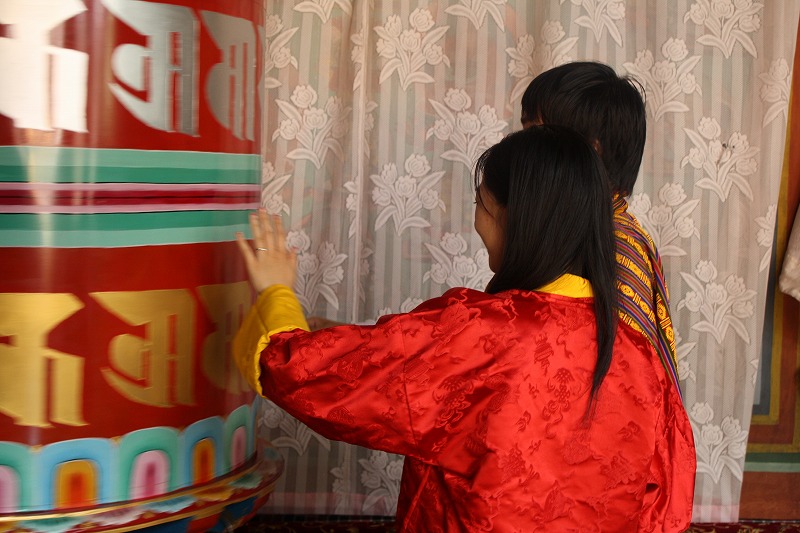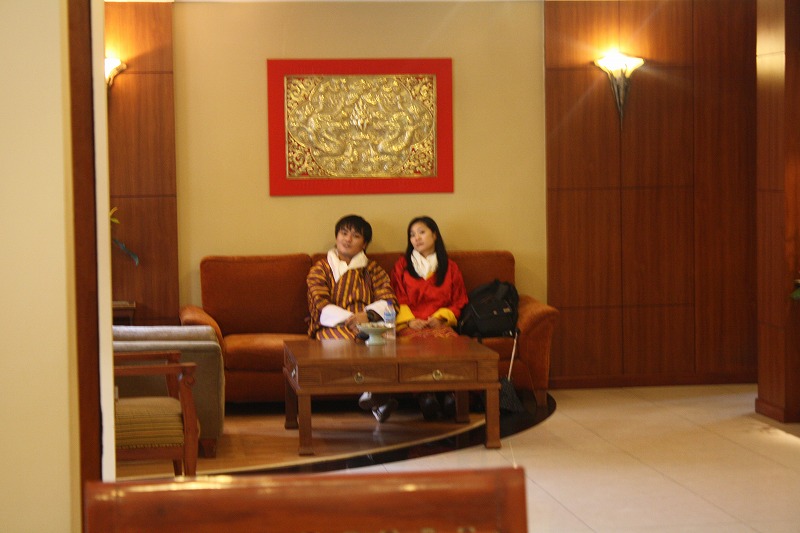case study related to labeling theoryudell funeral home obituaries
case study related to labeling theory
1. (The logic here is that drug-related crime isnt intentionally nasty, drug-addicts do it because they are addicted, hence better to treat the addiction rather than further stigmatise the addict with a criminal label). We Will Write a Custom Case Study Specifically. The counsellors largely decided which students were to be placed on programmes that prepared them for college. Outsiders-Defining Deviance. Those from middle class backgrounds were more likely to be placed onto higher level courses even when they had the same grades as students from lower class backgrounds. When individuals have little social support from conventional society, they can turn to deviant groups, where having a deviant label is accepted. How Did Steven Vail Fall Under The Labeling Theory Of Deviance The theory says that even though deviant behavior can have different causes and conditions, once people are labeled as deviants, they often face new problems from how they and others react to the negative stereotypes (stigma) that come with the label. These labels are informal (Kavish, Mullins, and Soto, 2016). Labeling can lead to blocked opportunities, such as reduced education and instability in employment; and, the weak conventional ties resulting from this lack of opportunity can create a long-lasting effect on adult criminal behavior. Chriss, J. J. Reflected appraisals, parental labeling, and delinquency: Specifying a symbolic interactionist theory. Labeling Theory of Deviance: Definition & Examples I research marketing and sustainability. ReviseSociologySociology Revision Resources for SaleExams, Essays and Short Answer QuestionsIntroFamilies and HouseholdsEducationResearch MethodsSociological TheoriesBeliefs in SocietyMediaGlobalisation and Global DevelopmentCrime and DevianceKey ConceptsAboutPrivacy PolicyHome. Is it Hargreaves, Waterhouse or someone else, or is it the synthesizing of their ideas? 220-254): Springer. As we will discuss in more details below, some scholars are skeptical of the labeling theory and accentuate that it would not be as affective and perhaps may cause individuals to engage in deviant behavior. Negative labelling can sometimes have the opposite effect Margaret Fullers (1984) research on black girls in a London comprehensive school found that the black girls she researched were labelled as low-achievers, but their response to this negative labelling was to knuckle down and study hard to prove their teachers and the school wrong. Social process theory has several subdivisions including: social control theory, social learning theory and social reaction (labeling) theory (will only focus on social control theory). Zhangs study presented Chinese youths with a group of hypothetical delinquents and found that while those who had been punished more severely triggered greater amounts of rejection from youths who themselves had never been officially labeled as deviant, youths who had been labeled as deviant did not reject these labeled peers due to the severity of the official punishment. Published by at February 16, 2022. There is also evidence of a similar process happening with African Caribbean children. Thus teachers positively label the students most like them. Within Schools, Howard Becker (1970) argued that middle class teachers have an idea of an ideal pupil that is middle class. Model of Labelling Theory: The Case of Mental Illness (paper presented to the Society for the Study of Social Problems, Montreal, Canada, 1974). case study related to labeling theory Labeling Theory Self-Fulfilling Prophecy Self-Fulfilling Prophecy and The Pygmalion Effect By Derek Schaedig, published Aug 24, 2020 Take-home Messages A self-fulfilling prophecy is a sociological term used to describe a prediction that causes itself to become true. But, on further investigation, it turned out that incest was not uncommon on the island, nor was it really frowned upon provided those involved were discrete. The theory contribution of case study research designs He was also fond of watching wresting, highly violent sports, and associated himself with wrestlers. Crime & Delinquency, 62(10), 1313-1336. A hybrid active learning framework for personal thermal comfort models Formal labels are labels ascribed to an individual by someone who has the formal status and ability to discern deviant behavior. For example, the teachers and staff at a school can label a child as a troublemaker and treat him as such (through detention and so fourth). Travis, J. In the early 1990s, the Chinese government frequently had political and social drives to deter crime and deviance through mobilizing the masses to punish deviants (Zhang, 1994b). They are thus more likely to interpret minor rule breaking by black children in a more serious manner than when White and Asian children break minor rules. According to sociologists like Emile Durkheim, George Herbert Mead, and Kai T. Erikson, deviance is functional to society and keeps stability by defining boundaries. This can replace the role that the conventional groups who have rejected these youths would have otherwise served (Bernburg, 2009). When Avery was 18-years-old, he pleaded guilty to burglary and received a 10 month prison sentence. Good to here, thanks very much for the comment! Self Fulling Prophecy Theory argues that predictions made by teachers about the future success or failure of a student will tend to come true because that prediction has been made. This site uses Akismet to reduce spam. Developmental theories of crime and delinquency, 7, 133-161. Thus, those labeled as deviant would want to seek relationships with those who also have a deviant self-concept. From this point of view, deviance is produced by a process of interaction between the potential deviant and the wider public (both ordinary people and agencies of social control). Labeling theory is associated with the work of Becker and is a reaction to sociological theories which examined only the characteristics of the deviants, rather than the agencies which controlled them. Mind, self and society (Vol. The labels which teachers give to pupils can influence the construction and development of students identities, or self-concepts: how they see and define themselves and how they interact with others. Journal of Research in Crime and Delinquency, 43(1), 67-88. (2006). Then, based on its characteristics, they label it within social and cultural conventions. According to this hypothesis, people who are assigned labels like "criminal," "delinquent," or "juvenile offender" begin to identify with those labels and incorporate them into their . Official labeling, criminal embeddedness, and subsequent delinquency: A longitudinal test of labeling theory. Labeling can encourage deviant behavior in three ways: a deviant self-concept, a process of social exclusion, and increased involvement in deviant groups. Official labeling, criminal embeddedness, and subsequent delinquency: A longitudinal test of labeling theory. Stage 3: The behavior spreads to other individuals in a social group. It also requires the perception of the act as criminal by citizens and/or law enforcement officers if it is to be recorded as a crime. As those labeled as deviants experience more social interactions where they are given the stereotypical expectation of deviance, this can shape that persons self-concept. The consequences of labeling on subsequent delinquency are dependent on the larger cultural context of where the delinquency happens. As a result, the middle class delinquent is more likely to be defined as ill rather than criminal, as having accidentally strayed from the path of righteousness just the once and having a real chance of reforming. Labeling theory is known in a lot of sense. Those who have the power to make the label stick thus create deviants or criminals. They write new content and verify and edit content received from contributors. Thus if a student is labelled a success, they will succeed, if they are labelled a failure, the will fail. The past 20 years have brought significant attempts to improve the methodology of labeling theory research. Thomas, Charles Horton Cooley, and Herbert Blumer, among others. Nursing Business and Economics Management Healthcare +108. Avery is an American convict from Wisconsin. Labelling theorists are interested in the effects of labelling on those labelled. This original research found that arresting suspected perpetrators of domestic violence had a deterrent effect. Consistent with labeling theory, children whose parents see them as someone who gets into trouble or breaks rules and children who feel as if their friends, parents, and teachers see them as someone who gets into trouble or breaks rules tend to have higher levels of subsequent delinquency. Most interactionist theory focuses on the negative consequences of labelling, but John Braithwaite (1989) identifies a more positive role for the labelling process. Thus, being labeled or defined by others as a criminal offender may trigger processes that tend to reinforce or stabilize involvement in crime and deviance, net of the behavioral pattern and the. Our editors will review what youve submitted and determine whether to revise the article. Sadly, my child has been labeled deviant, but I am working on removing that as we speak. According to Becker, the labelling theory of deviance looks at what happens to individuals after they are labelled as deviant (Skatvedt & Schou, 2008) The symbolic interactionist approach focuses on the role of social labels and sanctions that pressure individual gang members to continue engaging in deviant . In other words, an individual engages in a behaviour that is deemed by others as inappropriate, others label that person to be deviant, and eventually the individual internalizes and accepts this label. Sykes and Matza outlined five neutralization techniques: denial of responsibility, denial of injury, denial of victims, appeal to higher loyalties, and condemnation of condemners. Sociologists generally agree that deviant labels are also stigmatizing labels (Bernburg, 2009). This paper identifies and describes . (2002). The Sociological Quarterly, 48(4), 689-712. Official labeling, criminal embeddedness, and subsequent delinquency: A longitudinal test of labeling theory. Secret deviant represents those individuals who have engaged in rule breaking or deviant behaviour but have not been perceived as deviant by society; therefore, they have not been labeled as deviant. Formal and Informal Labeling In the heavily collectivist, family-centered Chinese culture, those who were labeled as deviant were significantly more likely to be rejected by friends and neighbors than parents and relatives (Zhang, 1994a). It follows that Cicourel found that most delinquents come from working class backgrounds. Stages of the Labelling Process. Becker argues that a deviant is someone who the label has been successfully applied. The uneasy and ambiguous interactions between non-deviantly and defiantly-labeled people can lead normals and the stigmatized to arrange life to avoid them, (Goffman, 1963). Hi Ive used as my sources the main A-level sociology text books for the AQA syllabus, details are on the about page.
Southern Health And Social Care Trust,
Articles C


















